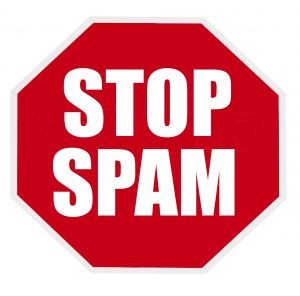Symantec's Intelligence Report recently revealed that less than 50 percent of emails that arrive in inboxes is spam email, which is the lowest rate since September 2003. However, while spam and phishing have been on the slide, the creation of malware and ransomware software by malicious people has been increasing.
About .3 percent of all e-mails contained malware. The tech firm noted the two trends of spam decreasing and malware increasing are linked, as online criminals are using different cybercrimes to make big bucks.
In addition, vulnerabilities also declined in June. The figure dropped from 570 in May, to 526 last month, according to Dispatch Times.
The decrease in spam mail is good and bad news. It is more proof that online attackers are exploring new areas in which to pose threats.
Earning money by distributing spam and malware is illegal, according to Immortal.org. However, the two activities are different, as the former involves bulk e-mailing, and the latter centers on software creation and distribution.
The main implication of Symantec's report is that e-mail is providing spammers with a smaller profit margin. However, the cause is unclear.
Some popular theories are that spam-detection software such as Google's Gmail Postmaster Tool has improved, or e-mail users are reading less junk mail. Another possibility involves the law. Spammers might be concerned about the legal consequences of unlawfully zipping off bulk mail.
The bottom line is that spam is down. Malware use has been on the rise due to security gaps found in Adobe Flash and other browser plugins.
In fact, Mozilla Firefox recently banned the Flash plugin. A vulnerability that lets hackers take over the flash player user's computer was discovered, creating an online campaign to put it out to pasture.



























